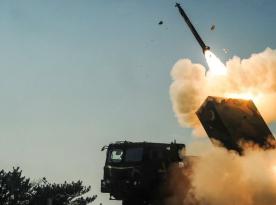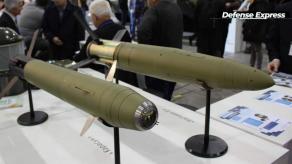One of the substantial threats the Ukrainian Defense Forces are facing is russian attack helicopters, notably the Ka-52 and Mi-28. Countering this threat takes reinforcing ground-based air defenses, aviation air cover, and systematic strikes on enemy air bases. After the impactful ATACMS strikes on heliports in russian-occupied Berdiansk and Luhansk, the situation has improved but not enough to force the russians to change their tactics.
This assessment is drawn from a comprehensive analysis of satellite images from the analyst using the pseudonym Tatarigami_UA. The overview covers russian heliports located one flight away from the frontline, including locations in Taganrog and Zernograd (Rostov region), Buturlinovka (Voronezh region), Rovenki (Belgorod region), and Kirovske (occupied Crimea).
Read more: Why russia Needs Helicopter Engines From Egypt, Pakistan, and Brazil
Amid the ongoing debate about the number of operational Ka-52 helicopters on the frontlines, I've analyzed and compiled imagery of bases used for helicopter operations by the Russians. The findings are summarized in this Thread:1/ pic.twitter.com/FV0F1tcf3W — Tatarigami_UA (@Tatarigami_UA) November 17, 2023
On the part of Defense Express, besides the ones observed by the analyst, there are a few other helicopter bases where russian military rotorcraft get armed and fueled for combat missions against the Ukrainian forces.
For example, attack helicopters were recorded departing from the air base in Dzhankoi (occupied Crimea), Belgorod and Valuyki, and more.
Though worth noting, some of them might have no longer been used that way since then, partly because of Ukrainian forces obtaining new, more capable weapons.
Nonetheless, the analysis clearly shows that even the ATACMS short-range attack missiles might not be the one consistent solution Ukraine needs to neutralize russian helicopters on the ground.

Specification limits are only part of the issue. Among the analyzed air bases, only Kirovske is within the occupied territory of Ukraine, it is located about 230 km from the frontline.
According to Tatarigami_UA, six helicopters are located on it:

To target it effectively, the Ukrainian Armed Forces would require the M39A1 version of ATACMS with a 300 km range, yet (officially) only the M39 missile with a range of up to 165 km is available to them.
In contrast, the other mentioned heliports are situated in the russian federation, practically protected by the condition that the West has imposed on Ukraine: not to use Western weapons outside Ukraine's borders.
Illustrative video: a Ukrainian ATACMS strike on russian positions. Presumably, the attack on the Berdinask helicopter base on October 17th, 2023
That is why we have a situation where russia can deploy several more combat-ready attack helicopters (plus three in repairs) in the Rovenki, Belgorod region, just 6 km from the Ukrainian border and 75 km from the line of contact.
10/ Moving on to the next base, Rovenki Airbase, traditionally home to a substantial number of helicopters, has recently dispersed its helicopters in response to emerging threats, due to its proximity to the border. pic.twitter.com/d6mMtfQ1tY— Tatarigami_UA (@Tatarigami_UA) November 17, 2023
Analyzing the imagery, Tatarigami_UA notes that russia maintains at least 25 Ka-52 attack helicopters at these five air bases, although "the actual number likely much higher."
Anyway, even if Ukrainian strikes are confined to russian heliports within its own occupied territories, this strategy proves effective. It not only reduces the rotorcraft fleet itself — with strikes damaging a few helicopters now and then — but also compels russians to relocate their assets further into the rear, beyond the reach of Ukrainian weapons. This relocation reduces helicopter effectiveness because the frequency of sorties drops, and the equipment wears out more actively, demanding for continuous maintenance and repairs.
On the flip side, this situation once again calls for action: if Ukraine is not allowed to strike military targets inside russia with Western weapons, then it has to make long-range ones of its own.

Read more: More Than 20 russian Ka-52 and Mi-8 Helicopters Flee the Air Base in Berdiansk After Ukrainian ATACMS Strike














